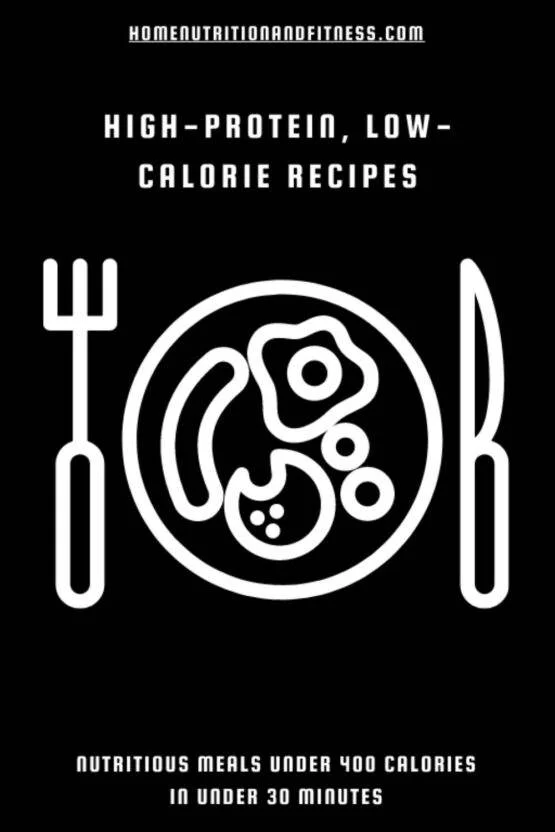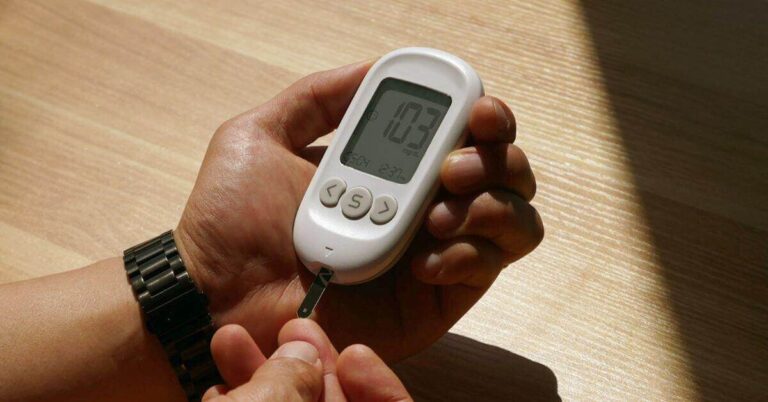Do you ever just blindly spoon your creatine into your water/milk/juice/yoghurt and wonder why you’re not seeing the benefits of taking it?
Many people assume that a single spoonful of creatine powder contains 5 grams. However, this isn’t actually the case.
So how much creatine is in a spoonful exactly?
The recommended daily dosage for creatine is 5 grams per day. But contrary to popular belief, a single teaspoon does not contain 5 grams of powdered creatine monohydrate. In reality, a level teaspoon of creatine weighs in around 2.5 grams. This means it takes approximately two level teaspoons to make up 5 grams. A heaped or rounded teaspoon may contain between 3-4 grams. Inadequate creatine intake can hinder performance, muscle gains, endurance, workout recovery, cognitive function, and preservation of muscle mass over time.
Affiliate Disclosure: Please note that some of the links on this page may be affiliate links. This means that if you click on these links and make a purchase, we may earn a small commission, at no additional cost to you. As an Amazon Associate, we earn from qualifying purchases. We only recommend products and services that we believe in and use ourselves. Your support through these links helps us keep the content coming. Thank you for your support!
How Much Creatine is in a Teaspoon?
Despite what your favourite TV chefs might tell you, a single teaspoon is NOT 5 grams. This is especially true when we’re talking about creatine powders.
In reality, a level teaspoon of creatine weighs in at around 2.5 grams – 50% of the recommended daily dose.
A heaped or rounded teaspoon may contain between 3-4 grams. But the exact amount can vary based on factors like:
- How firmly the powder is packed into the spoon
- The size/shape of the teaspoon
- Whether it is rounded, heaping or leveled off
So while many people use the term “teaspoon” and “5 grams” interchangeably when talking about creatine dosage, a teaspoon does not actually equal 5 grams. For accurate measurements, utilising a scale like this one, shown in the cover photo, is recommended.
As we know, a single teaspoon of creatine is not equivalent to the recommended 5 gram serving size. Instead:
- A level teaspoon of creatine monohydrate powder contains approximately 2.5 grams
- A slightly heaped teaspoon may hold around 3 grams
- A firmly packed, heaped teaspoon could potentially contain 4 grams
The density and fineness of your powder can impact these averages. A teaspoon from a brand with finer powder may differ from one with coarser grains.
These averages demonstrate how a single teaspoon falls short of 5 grams. To get the recommended dose, 2 rounded teaspoons is closer to the target.
For most accurate measuring, use a digital kitchen scale.
How to Measure 5 grams of Creatine Powder
Taking the proper 5 gram dosage of creatine is important to maximise its effects while minimizing side effects. With a powdered supplement, volume measurements by spoon can be inconsistent. Instead, use a small digital kitchen scale for most accuracy.
Here is a simple process for measuring 5 grams of creatine monohydrate powder:
1. Calibrate your digital kitchen scale properly according to its instructions.
2. Place a small bowl or container on the scale platform.
3. Press the “Tare” or “Zero” button to reset display to 0.0 g.
4. Scoop out creatine powder into the container, stopping when scale reads 5.0 g.
5. Use a knife or straight edge to level off the powder evenly.
6. Check that scale still reads 5.0 g levelled. If not, adjust amounts.
7. Consume or mix your 5 gram creatine dose right away in your choice of water, juice, milk, or any other way you like.
Variance in how powder settles in the spoon makes volume measurements far less reliable.
What Does 3g and 5g of Creatine Look Like?
How Many Teaspoons Of Creatine Should I Take Each Day?
By now, you know that a single teaspoon does not contain 5 grams of creatine.
Research has found that 5 grams per day, or 20-25 grams per week (1), is effective for most adults. This daily amount can be taken all at once or split into smaller servings.
This is the equivalent of 2 level teaspoons.
Taking 2-2.5 level teaspoons of creatine monohydrate powder per day is ideal for achieving the recommended dosage but a more accurate method is to use a digital kitchen scale
What Happens If I Take The Incorrect Dose of Creatine?
Too Low of a Dose
- You may not experience the full benefits of creatine like increased strength, muscle gains, and exercise performance. Taking less than 3-5 grams per day is likely insufficient.
- Muscle endurance and post-workout recovery may be hindered without optimal creatine dosing.
- Over the long-term, lower dosing can mean slower muscle growth and easier muscle loss with age.
Too High of a Dose
- Repeated, prolonged doses over 5 grams per day increase the risk of gastrointestinal side effects like diarrhoea, cramping, and nausea.
- Excess water retention from high creatine intake can lead to weight gain, puffiness, and muscle stiffness or cramping.
- No added performance or muscle-building benefits have been found from exceeding 5 grams per day.
To summarise, taking too little creatine means not reaping the full rewards, while too much increases the chances of unpleasant side effects without added gains. Sticking to 3-5 grams daily is the most effective dosing protocol.
Why Does Creatine Not Dissolve In Water?
Creatine powder is soluble in water, despite what you may have experienced before. However it can take some time and effort to fully dissolve.
Here are some tips to help creatine powder dissolve fully in water or juice:
- Creatine dissolves better in warm or hot water
- Stirring, shaking or whisking for 30-60 seconds will help to dissolve the powder. Use a shaker bottle if you have one.
- Crushing powder into a finer consistency first can help it dissolve
- Allow mixture to sit for 1-2 minutes so the powder can fully dissolve
Additionally, taking creatine with a meal instead of on an empty stomach can aid absorption. The powder may not fully dissolve, but taking it with food helps minimise any stomach discomfort.
I usually mix my creatine with a protein shake or Greek yoghurt rather than water.
Is It Safe Taking Creatine Without Exercising?
In short, yes it is!
- Creatine provides benefits related to energy, cognition, and overall health even without hitting the gym regularly.
- In fact, it is stored in muscles and other tissues throughout the body regardless of physical activity.
- It is safe to take on rest days or if recovering from injury or illness and not able to workout.
- Those with active jobs or who are on their feet all day may also benefit from daily creatine.
Creatine does not have to be taken right before or after a workout to be effective. Supplementing every day as recommended can boost creatine stores throughout the body.
Can You Mix Creatine With Protein Shakes?
Protein shakes are the go-to supplements for anyone looking to build muscle and strength. But can they be consumed alongside creatine?
Basically, yes, it’s perfectly fine and safe to take creatine monohydrate with protein shakes. However, some research shows the casein protein in milk may slightly slow the absorption of creatine.
It may be better to take creatine first, then consume your protein shake afterwards.
Can You Snort Creatine?
You’d be surprised at how many times I’ve heard this asked. The answer is A LOT!
DO NOT snort or inhale creatine powder! This trend has gained traction online and on social media channels, but it is extremely dangerous.
Snorting creatine is a terrible idea:
- Creatine powder is meant to be ingested orally and NOT inhaled. Snorting can damage nasal passages and lungs.
- It can cause severe respiratory irritation, choking, coughing, and difficulty breathing.
- Inhaling any powder into your lungs is hazardous.
- There are no benefits to snorting creatine, only major health risks.
- Stick to taking creatine as recommended – mixed in water/juice and consumed orally.
The bottom line – creatine should only be taken orally by mixing in liquid and drinking. Never snort or inhale any supplement powder. It is dangerous and provides no effects above proper oral ingestion.
Conclusion
So in summary, while many assume a quick spoonful of creatine equates to 5 grams, a single teaspoon actually only contains around half the recommended daily serving. For optimal dosing and effects, accurately measure 5 grams on a scale or take 2-2.5 level teaspoons daily. Do not exceed 5 grams per day, and be sure to stay hydrated when supplementing. Take creatine as directed, and avoid gimmicky methods like snorting. With proper dosing and use, creatine can give your strength training and muscle-building results a major boost!
FAQs
Still have some questions about how much creatine is in a spoon or how to take it properly. Here are answers to some frequently asked questions:
Can I Dry Scoop Creatine?
It is not recommended as it won’t give you any additional benefits compared to dissolving it in water. It won’t make it absorb any faster. It can also affect your health by increasing the chances of choking and producing stomach discomfort.
Can I take 20g of creatine at once?
Yes but usually only during the loading phase. The daily recommended dosage is 5g per day with an increase of up to 20-25g per day during the loading phase. Prolonged higher doses can increase the risk of gastrointestinal side effects without providing added benefits.
How Do I Know If Creatine Is Working?
Creatine supplementation has been shown increase strength by 8%, help muscles grow bigger more quickly, reduce post-workout muscle soreness and speed recovery. You’ll likely experience an enhanced muscular endurance and performance for more reps, and an increased thirst. Some people have also reported cognitive benefits like improved focus, clarity, memory and mental performance. See here for more information.
Further reading:
What Are Supplements? (And Why Do They Matter?)







